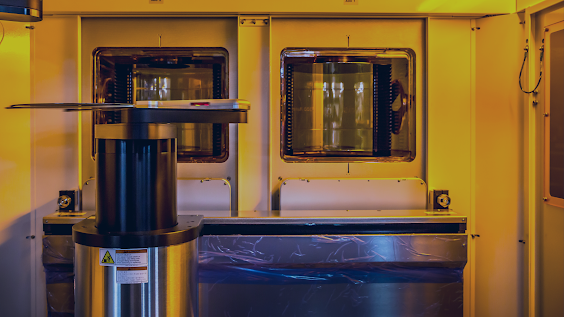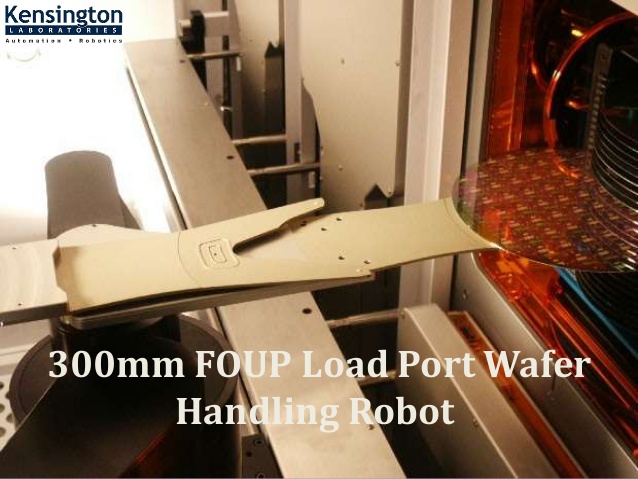All You Need to Know About Handling Robot Surge!
Are you considering automating your material handling or logistical procedures with robotics? Many businesses are deploying more accessible, adaptable, and quick robots to streamline operations for machine tending, part transfer, assembly, picking, packaging, palletizing, and other tasks to remain competitive. So much so that, of all the automated material handling equipment, robots had the most significant market size in 2020.
Driving Reasons for Material Handling Robot Growth
Shifting Consumer Behavior
Large production runs in low-mix manufacturing environments continue to occur. Still, as customer needs become more complicated, production methods must be more flexible to allow product modification and personalization.
Many manufacturers are switching from fixed automation setups with task-specific machinery to flexible automation layouts with more adaptable machinery that can handle the diversity, capacity, and repeatability needed to succeed in managing the rise in product differentiation. Many basic and secondary packaging requirements are changing due to the employment of quick, compact industrial robots, while longer, higher-payload models are optimizing end-of-line jobs. These incredibly productive workspaces are being built with the aid of highly portable, simple-to-program collaborative robots (cobots), enabling quick deployment and demand redeployment. Cobots are designed to work securely with or alongside humans.
Rising Level of Automation Confidence
Company executives are more optimistic than ever about implementing robotics, from developing safety standards to creating user-friendly robots. The capacity to better optimize operations to handle the increase in consumer product diversity is one of the main advantages of robotic implementation. Humans can now securely collaborate with robots to carry out certain tasks, whether they are industrial or collaborative models. This versatility results in large part from the four collaboration modes:
- Power & Force Limiting
- Speed & Separation Monitoring
- Safety Monitored Stop
- Hand Guiding
- Speed & Separation Monitoring
Making a Highly Dependent Workforce
There are several reasons why business executives feel pressured to increase their workforces through robotic automation, from continuously maintaining product volumes to protecting human workers. It is frequently a "win-win" to use robots to carry out primary material handling duties while shifting human labor to higher value-added jobs within a corporation. This is especially useful in the post-Covid world when business executives must halt or slow production due to safety precautions or illness outbreaks. If you are looking for the best semiconductor front end manufacturing equipment, look no further than Kensington Laboratories.
Final Words
Flexible robotic automation for material handling and logistical procedures has been shown to overcome complex problems in various industries, aiding an increasing number of businesses in streamlining operations for increased productivity in the future.



Comments
Post a Comment